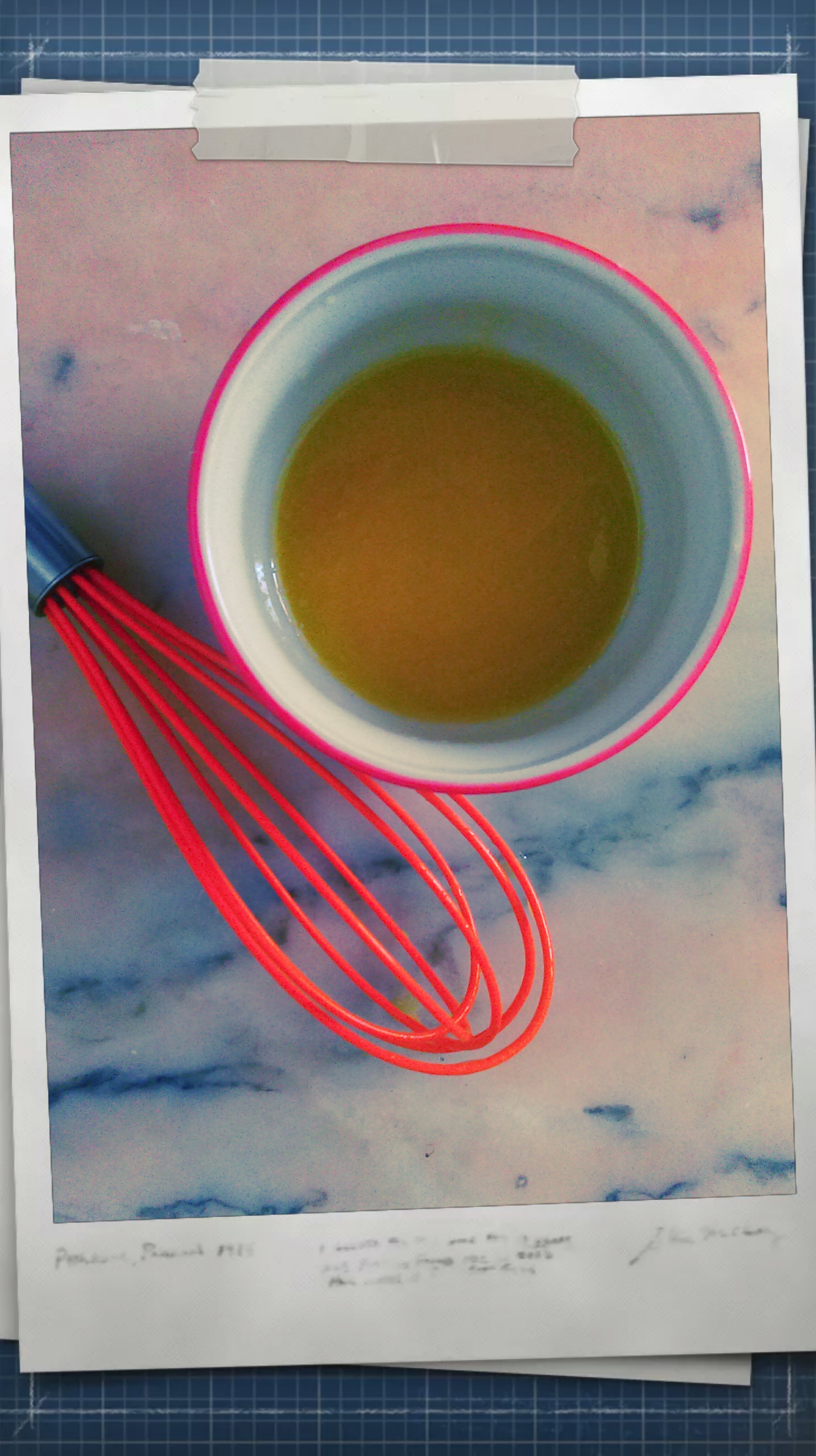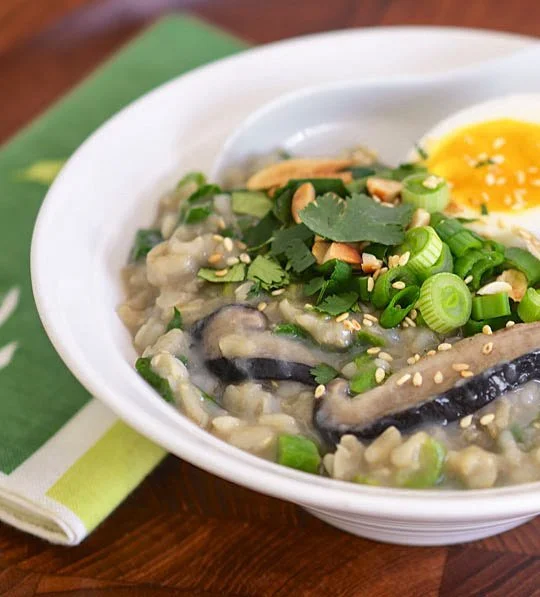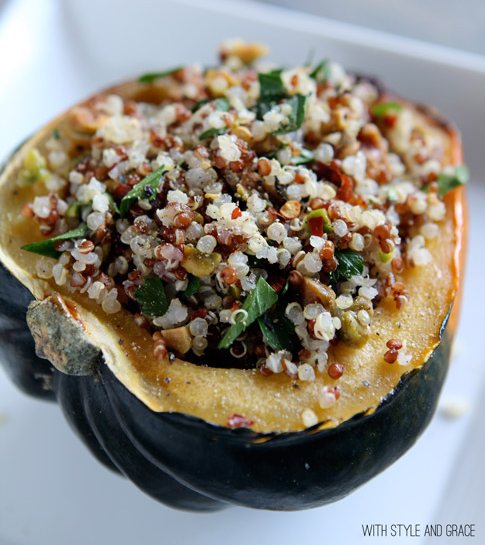This is my go-to meal for fighting a cold. You can use any type of oily sashimi - salmon, salmon roe (pictured), mackerel, sardines, halibut (pictured), albacore tuna. This picture shows some red snapper too. The omega 3 from the fish is lubricating for the mucous membranes of the throat, anti-inflammatory and the protein content improves recovery from a virus. Depending on the thickness of the sashimi, adding raw fish to hot broth cooks it, so add it last minute as the goal is to have it as rare as possible.
The second step is to chop up available spicy and pungeant veggies such as radish, daikon, watercress, mustard greens, arugula, radish, mustard or broccoli sprouts, broccolini, cabbage, nasturtium leaves/flowers, onions, leeks, ginger, garlic, hot peppers, jalapenos peppers, black pepper, white pepper and a big dollop of horseradish or japanese horseradish, known as wasabe (pictured).
These veggies provide good clearing of mucous, as do all the peppery veggies. Plus they help to increase a fever, which deactivates a virus. Immune mushrooms such as shitake are also excellent in this soup for immune boosting properties. The spicier the better, as long as you can enjoy it.
The last step is to pour the broth - I use whatever broth I have around - it could be the potassium broth, chicken broth, veggie broth or dashi.
Ingredients: Serves 1 (needs to be prepared fresh each time, as cooked veggies lose their mucous fighting properties)
1 cups of your favorite home-made stock
1/2 pound of the freshest sushi grade oily fish you can get (from a fish market, or sushi takeout restaurant)
1/4 cup fresh shitake mushrooms, or reconstituted dried ones- finely chopped
1/3 cup chopped watercress
1/2 tsp finely chopped chili pepper (if not avoiding nightshades)
1 T chopped Scallions
1 teaspoon of finely chopped ginger
1/2 tsp of wasabi or horseradish
1 lemon wedge
1 T chopped cilantro
Other vegetables (radish, daikon, chopped garlic, etc)
Directions:
Bring broth to a simmer point
Add veggies and fish to the bowl
Ladle enough broth to cover the fish and veggies.
Garnish with cilantro, wasabi and a fresh squeeze of lemon
Eat immediately, and repeatedly.



















